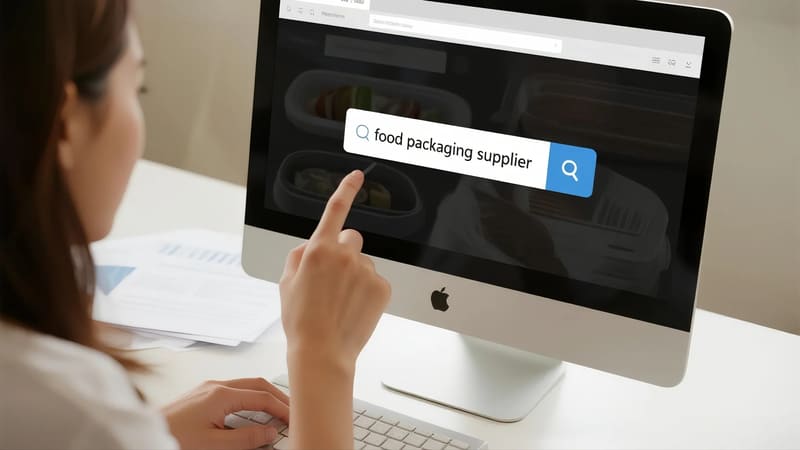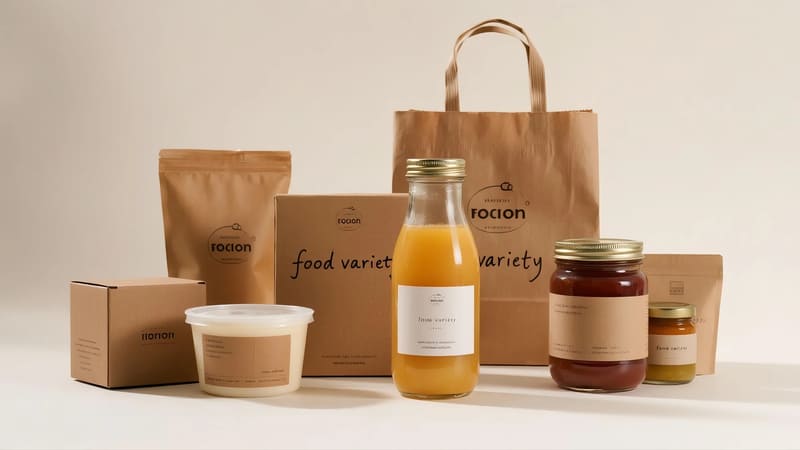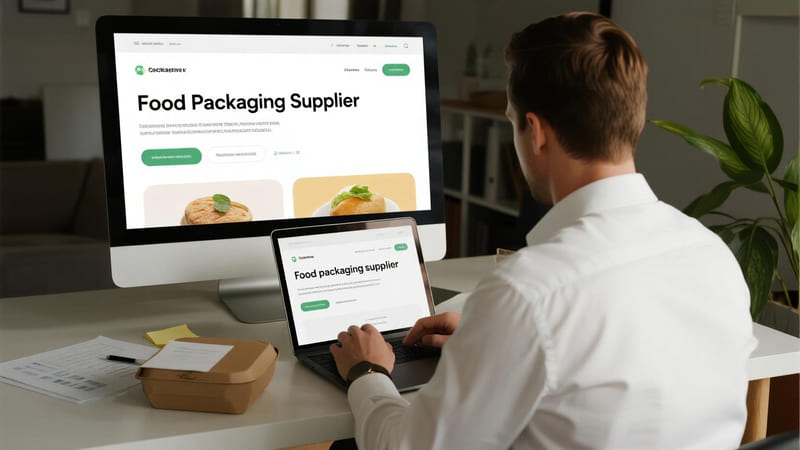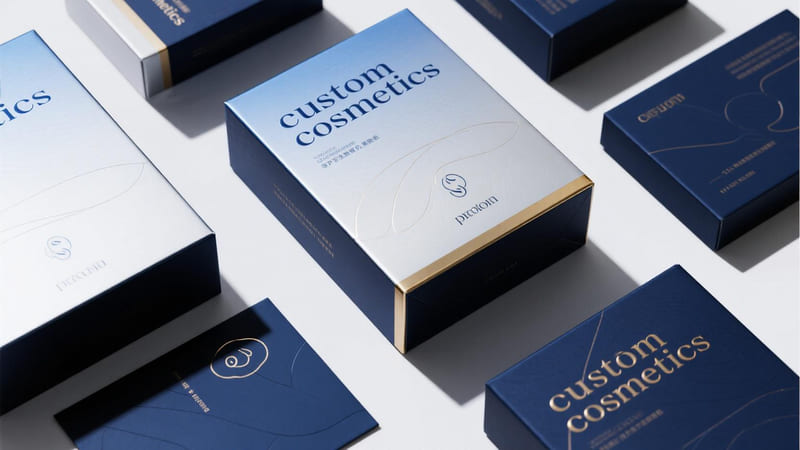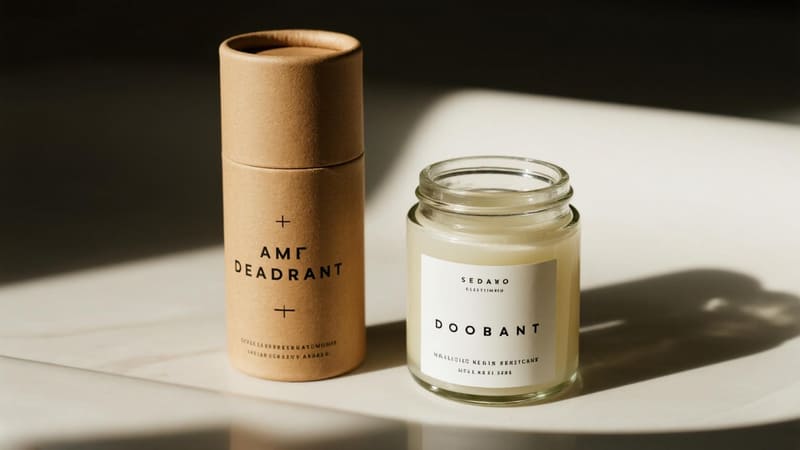Finding the right food packaging supplier is a critical step for any food business, as the packaging must ensure product safety, maintain freshness, meet regulatory standards, and effectively market your product. There are several reliable channels to find suppliers, catering to different business sizes and needs.
You can find a food packaging supplier by searching online B2B marketplaces (like Alibaba, ThomasNet), exploring specialized online packaging distributor websites, attending food industry and packaging trade shows, contacting manufacturers directly, or seeking referrals from your local food business network or industry associations.
The ideal supplier for you will depend on factors like your order volume, the type of food product you have, your budget, and your need for custom vs. stock packaging. While ShineTop’s expertise is in cosmetics, the principles of sourcing quality packaging are universal, and I can guide you through the process.
What are the Different Types of Food Packaging?
Food packaging is incredibly diverse, with different types designed to suit various food forms (solid, liquid, frozen, fresh), preservation needs, and consumer uses. Understanding these types will help you narrow your search.
Different types of food packaging include flexible packaging (pouches, bags, films), rigid containers (jars, bottles, cans, tubs), paperboard packaging (boxes, cartons, trays), and specialized packaging like aseptic cartons (for liquids), vacuum packaging, and modified atmosphere packaging (MAP).
Each type offers specific benefits for different food products.
Common Categories of Food Packaging:
-
Flexible Packaging:
- Description: Non-rigid packaging, often made from plastic films, foil, or paper laminates.
- Examples:
- Stand-up Pouches: For snacks, coffee, granola, frozen foods. Often with resealable zippers.
- Flat Pouches & Sachets: For single servings, spices, sauces.
- Bags: For chips, bread, produce, coffee beans.
- Films & Wraps: Cling film, shrink wrap, flow wraps for candy bars.
- Pros: Lightweight, uses less material than rigid options, excellent printability for branding.
-
Rigid Containers:
- Description: Sturdy, non-flexible containers.
- Examples:
- Glass Jars & Bottles: For sauces, pickles, jams, beverages.
- Plastic Jars, Bottles & Tubs: For peanut butter, yogurt, deli items, beverages.
- Metal Cans (Steel/Aluminum): For preserved vegetables, fruits, soups, fish, beverages.
- Pros: Excellent protection, good barrier properties, often resealable.
-
Paper & Paperboard Packaging:
- Description: Made from paper-based materials.
- Examples:
- Folding Cartons: For cereal, crackers, frozen meals, bakery items.
- Corrugated Boxes: For bulk shipping or as pizza boxes, produce trays.
- Paper Bags & Wraps: For bakery goods, flour, sugar, fast food.
- Molded Pulp Trays: For eggs, berries, drink carriers.
- Pros: Recyclable, renewable (if sourced well), good for printing.
-
Aseptic Packaging:
- Description: Multi-layer cartons (like Tetra Pak) that are sterilized along with the food product, allowing for long shelf life without refrigeration.
- Examples: Milk, juices, soups, broths, plant-based milks.
- Pros: Long shelf life, lightweight, space-efficient.
-
Specialized Preservation Packaging:
- Vacuum Packaging: Air is removed from the package before sealing to extend shelf life. Used for meats, cheeses, coffee.
- Modified Atmosphere Packaging (MAP): The air inside the package is replaced with a specific gas mixture to preserve freshness. Used for salads, fresh pasta, meats.
When searching for a supplier, be specific about the type of packaging you need (e.g., "stand-up pouch supplier," "custom printed cereal box manufacturer").
How to Find Food Packaging Suppliers Online?
The internet is the most powerful tool for finding a wide range of food packaging suppliers, from local distributors to global manufacturers.
To find food packaging suppliers online, use B2B marketplaces like Alibaba or ThomasNet, search specialized online packaging distributor websites (e.g., Uline, WebstaurantStore), use specific keywords on search engines (like "custom food pouch supplier"), and explore packaging industry directories and publications.
A targeted online search will yield the best results.
Effective Online Search Strategies:
-
B2B Marketplaces:
- Alibaba, Made-in-China: For sourcing directly from global manufacturers, especially in Asia. Good for large volumes and custom designs. Requires careful vetting.
- ThomasNet: Focuses on North American industrial suppliers, including many packaging manufacturers.
- Keywords: Be specific, e.g., "food grade stand up pouch," "custom printed coffee bags," "glass sauce jars wholesale."
-
Online Packaging Distributors/Wholesalers:
- These companies sell stock packaging online, often with lower minimum order quantities (MOQs).
- Examples:
- Uline: A massive distributor of all types of packaging and shipping supplies.
- WebstaurantStore: Caters to the restaurant and food service industry, offering a wide range of takeout containers, bags, etc.
- SKS Bottle & Packaging: Offers a huge variety of bottles, jars, and containers.
- Many other regional and specialized online stores exist.
- Keywords: "Wholesale food containers," "buy food packaging online," "stock food pouches."
-
Direct Manufacturer Websites:
- Use search engines to find manufacturers that specialize in your desired packaging type (e.g., "flexible packaging manufacturer," "paperboard carton converter").
- This is the best route for large-scale custom projects. While ShineTop focuses on cosmetics, many large packaging converters have similar direct-to-brand models.
-
Industry Directories & Publications:
- Websites like "Packaging World," "Food & Beverage Packaging," or "The Dieline" often have supplier directories or feature articles on packaging companies.
Vetting Online Suppliers:
- Check for Food Safety Certifications: This is crucial. Look for certifications like SQF, BRCGS, FSSC 22000, or ISO 22000. This ensures they follow food safety management standards.
- Request Samples: Always test the packaging with your specific food product.
- Read Reviews & Check History: Look for testimonials and how long they’ve been in business.
- Clarify Material Specifications: Ensure materials are food-grade and compatible with your product (e.g., freezer-safe, microwave-safe, barrier properties).
What are the Requirements for Food Packaging?
Food packaging is highly regulated to ensure consumer safety. It must meet stringent requirements that go far beyond just looking good.
Key requirements for food packaging include: 1. Food-Grade Materials (non-toxic and safe for direct contact with food). 2. Barrier Properties (to protect against moisture, oxygen, light, contamination). 3. Durability (to withstand handling and transport). 4. Proper Labeling (ingredients, nutrition facts, allergens, dates). 5. Compliance with food safety regulations (e.g., FDA, EFSA).
Failure to meet these requirements can result in product spoilage, health risks, and legal trouble.
Essential Food Packaging Requirements:
-
Food Safety & Non-Toxicity:
- All materials in direct contact with food must be "food-grade" or "food-safe."
- This means they will not transfer any harmful substances to the food.
- Suppliers must be able to provide documentation of compliance with regulations from bodies like the FDA (in the US) or EFSA (in the EU).
-
Product Protection & Preservation (Barrier Properties):
- Moisture Barrier: To prevent dry foods from absorbing moisture and becoming soggy, or moist foods from drying out.
- Oxygen Barrier: To prevent oxidation, which can lead to staleness, flavor loss, and spoilage. Crucial for products with fats/oils, coffee, nuts.
- Light Barrier: To protect light-sensitive vitamins and prevent color fading or flavor changes.
- Contamination Barrier: Must provide a physical barrier against dust, dirt, and microorganisms.
-
Durability & Strength:
- The packaging must be strong enough to survive filling, sealing, shipping, and handling without breaking, leaking, or being punctured.
-
Accurate & Compliant Labeling:
- Packaging must have space for and clearly display all legally required information, which can include:
- Statement of Identity (what the product is).
- Net Quantity of Contents.
- Ingredient List (in descending order).
- Allergen Declaration (e.g., peanuts, soy, milk, wheat).
- Nutrition Facts Panel.
- Name and Address of the manufacturer, packer, or distributor.
- "Best By," "Use By," or expiration dates.
- Country of Origin.
- Packaging must have space for and clearly display all legally required information, which can include:
-
Tamper Evidence (Often):
- Features like shrink bands, induction seals, or breakaway rings that show the consumer if the package has been opened.
When contacting a potential supplier, always state that you require food-grade packaging and ask about their food safety certifications.
How to Choose a Food Packaging Supplier?
Choosing the right food packaging supplier is a critical partnership. You need a supplier who is reliable, knowledgeable, and committed to quality and safety.
To choose a food packaging supplier: 1. Verify their food safety certifications (e.g., BRCGS, SQF). 2. Assess their product range and customization capabilities. 3. Request samples to test with your food product. 4. Evaluate their quality control processes. 5. Compare their pricing, MOQs, and lead times. 6. Check their reputation and customer service responsiveness.
A methodical evaluation process will help you find the best partner for your business.
Key Evaluation Criteria:
-
Food Safety Certifications (Non-Negotiable):
- Ask for proof of their GFSI (Global Food Safety Initiative) recognized certifications like BRCGS, SQF, FSSC 22000, or ISO 22000. This is the most important step to ensure they follow rigorous food safety protocols.
-
Experience & Expertise:
- Do they have experience working with food products similar to yours? They will understand the specific barrier and functional needs.
- Can they offer expert advice on material selection and packaging design?
-
Product Quality & Consistency:
- Request Samples: Get physical samples of the exact packaging you’re considering.
- Test Samples: Fill them with your product. Check for leaks, seal integrity, and how the packaging holds up over time (shelf-life testing). Does it affect the taste or smell of your product?
-
Minimum Order Quantities (MOQs):
- Ensure their MOQs are a good fit for your business size and production runs. Wholesalers/distributors usually have lower MOQs than direct manufacturers.
-
Customization & Branding Capabilities:
- If you need custom printing or a unique structure, ensure they have the high-quality printing presses (e.g., flexographic, gravure, digital) and finishing capabilities you need.
-
Lead Times & Reliability:
- Get clear estimates for production and shipping lead times.
- Ask about their track record for on-time delivery.
-
Pricing & Transparency:
- Get detailed quotes that break down all costs (per-unit price, plate/tooling fees for custom work, shipping).
- Compare pricing, but don’t let it be the only factor – quality and safety are paramount.
-
Customer Service & Communication:
- Are they responsive, knowledgeable, and easy to work with? A good supplier acts as a partner.
My client Mohammed from Iraq, who deals with spices and some food items in his gift sets, is meticulous about this. Even though the packaging we at ShineTop provide for him is often secondary (boxes), he ensures any primary food containers he sources separately have the necessary food-grade certifications.
Conclusion
Finding a food packaging supplier requires a targeted search through online platforms, distributors, and industry events, with a primary focus on safety and compliance. The right supplier will not only offer a range of suitable packaging types—from flexible pouches to rigid containers and paperboard boxes—but will also hold critical food safety certifications (like BRCGS or SQF). By thoroughly vetting potential partners based on their expertise, quality, and reliability, you can secure packaging that protects your product, appeals to consumers, and meets all regulatory standards.

